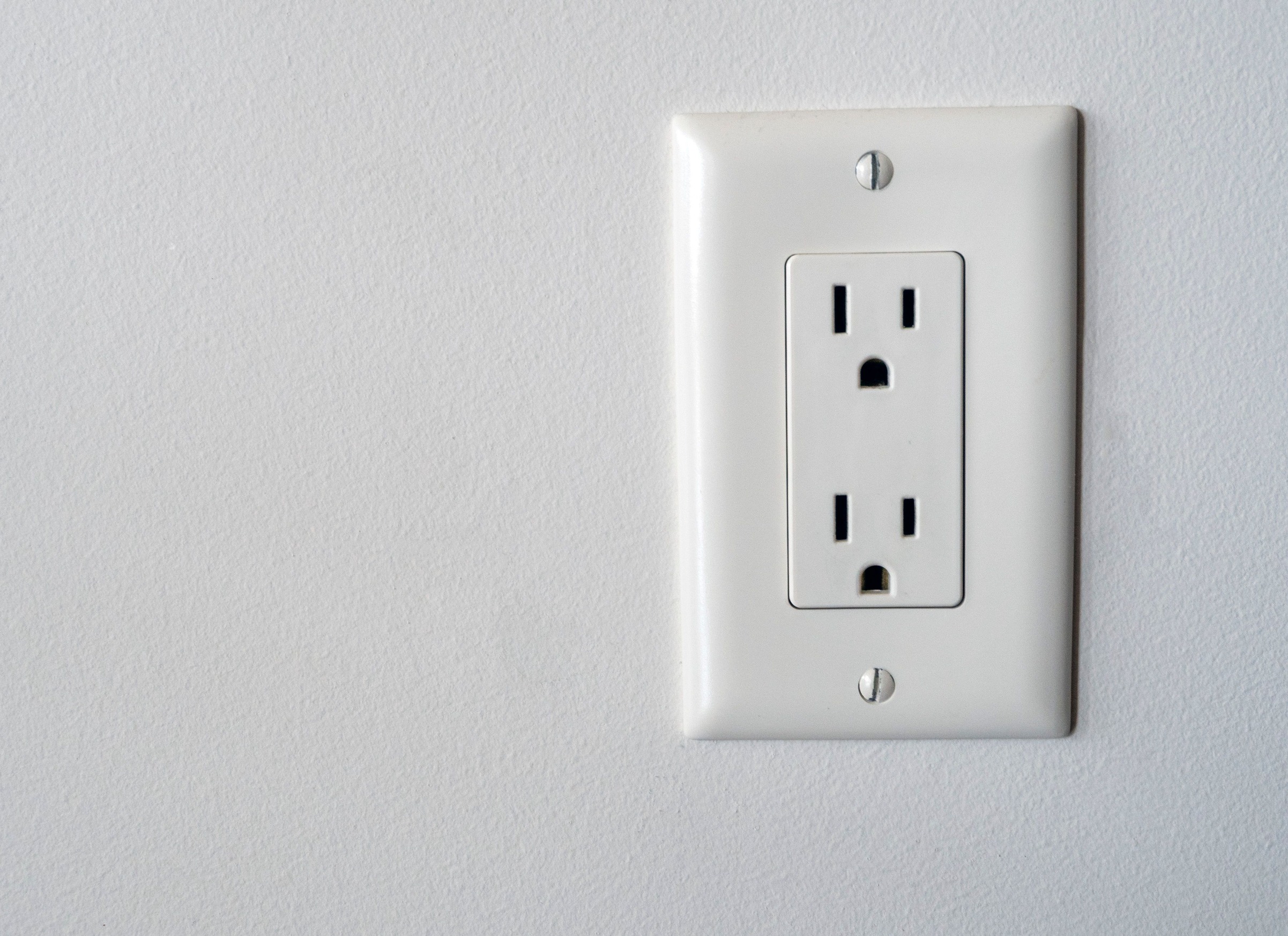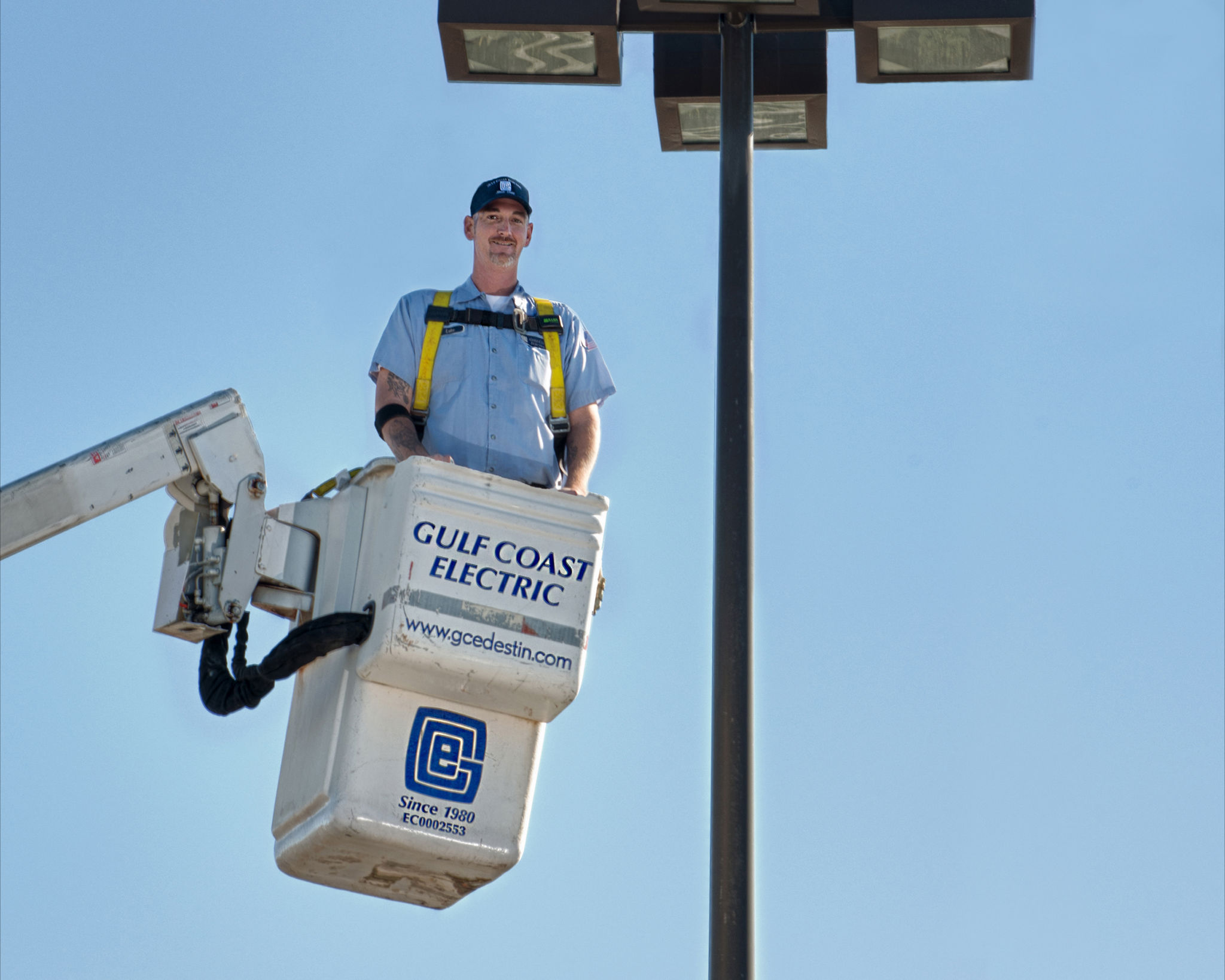In the age of technological advancement, the number of devices and appliances used in the average home is rising — and so is the need for electrical outlets to power them! It’s easy to overlook something as seemingly insignificant as outlet placement, but it can make a big difference in the overall function of your home activities.
Proper placement of electrical sockets can make using your gadgets more convenient and improve your home’s aesthetic by eliminating the crowded look of extension cords. What are the most accessible locations for outlets? Gulf Coast Electric is here to share these placement tips with homeowners to ensure an optimal home experience!
Areas For Outlet Installation
When deciding where to install electrical outlets in your home, we recommend working with a professional electrician to make sure placement is in compliance with electrical code requirements.
Our certified technicians are equipped with the knowledge and skills necessary to certify all installations meet safety standards and your satisfaction. Read on to learn more about the ideal areas for socket placing and their electrical code safety guidelines.
Living Room
Your living room is the heart of your home. It’s where you and your whole family go to convene, play, watch tv and relax — not trip over messy extension cords! It’s important that you have enough outlets to accommodate the various entertainment systems your family room may have to avoid safety hazards.
According to the updated 2023 National Electrical Code, outlets must be placed every 6 feet along any intended living space floor for optimal functionality. You should install living room outlets in the following areas:
- · Along every wall
- · Up high on the main wall for mounted TV
- · On the floor for lamps and charging stations
- · Near the fireplace mantle, if you have one, for holiday decor
Kitchen
If the living room is the heart of the home, the kitchen is the stomach. It can take multiple kitchen appliances to feed all the hungry bellies in your family, so having enough outlets is essential to cooking with ease.
The National Electrical Code also requires that any electrical outlets installed in your kitchen, as well as bathrooms and garages, be GFCIs. Ground Fault Circuit Interrupters are safety devices that prevent electrocution by tripping the electrical circuits when they detect ground faults or leakage currents.
The Electrical Safety Foundation International reports that GFCIs have saved thousands of lives and helped cut the number of home electrocutions in half. In addition, you shouldn’t place GFCI outlets more than 20 inches above a countertop as a safety precaution. The following areas are safe for installation:
- · Every two feet along each counter
- · Along the kitchen backsplash
- · On the kitchen island, if you have one
- · Inside the pantry and select cabinets for small appliances
- · Underneath bar tops
Bedrooms
When arranging outlet locations in bedrooms, it’s important to consider how many people sleep in the room. For example, bedrooms that couples or siblings share will require more sockets than a one-person bedroom.
To increase the functionality of a bedroom, you may also want to think about installing switched outlets. A switched, or half-hot outlet, has two inputs. The top input is permanently “on” while the bottom half can be turned “on” or “off” via wall switch.
For example, if you have a lamp plugged in the bottom input of a switched outlet, you can turn it on/off by flipping the wall switch. Instances like these can prove very useful in a bedroom setting.
Optimal places for bedroom outlets include:
- · On every wall
- · Up high on the main wall for mounted TV
- · On each side of the bed, for bedside table devices
- · Inside the closet for irons, clothing steamers, etc.
Bathrooms
Understanding the best outlet locations in your bathroom is important, but knowing where not to install them is even more vital to the safety of you and your loved ones. You should keep sockets at least 6 feet away from bathtubs and showers and at least one foot away from sinks to avoid getting any cords wet.
For safety concerns and convenience, you should stick to these areas for outlet placement:
- · On each side of the sink, to prevent cords from crossing over
- · Inside drawers and cabinets for hair tools, electric razors, etc.
- · Inside medicine cabinets for electric toothbrushes
Contact Our Destin Electricians
As a locally owned and operated company, Gulf Coast Electric takes pride in serving our community. If you’re looking to add electrical outlets to your home, our team is here to offer expert counsel and professional installations. We are dedicated to meeting safety standards and all your family’s comfort needs.
Give us a call today and plug into superior service!











